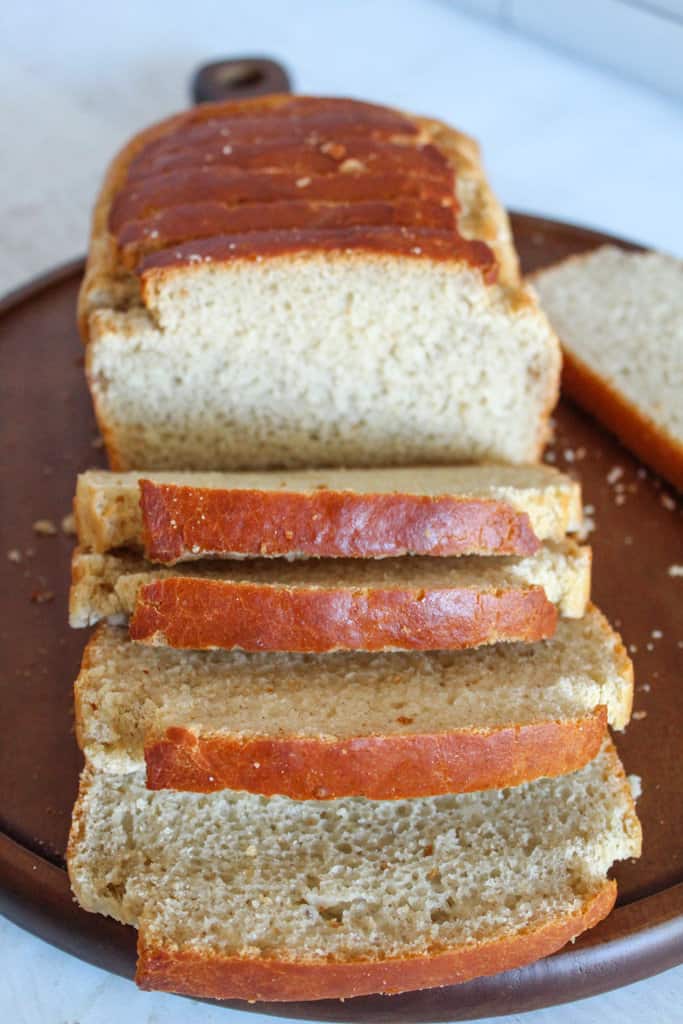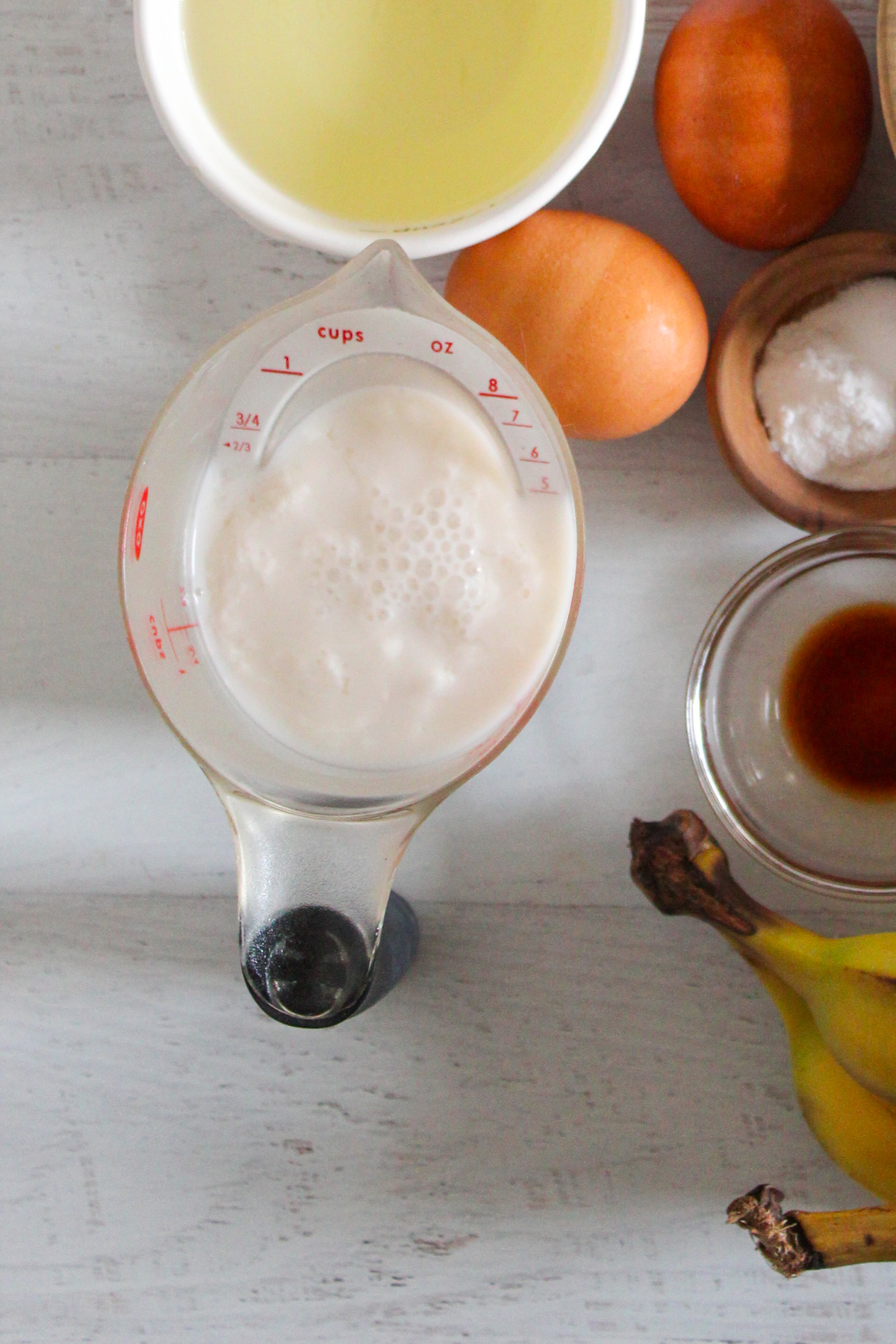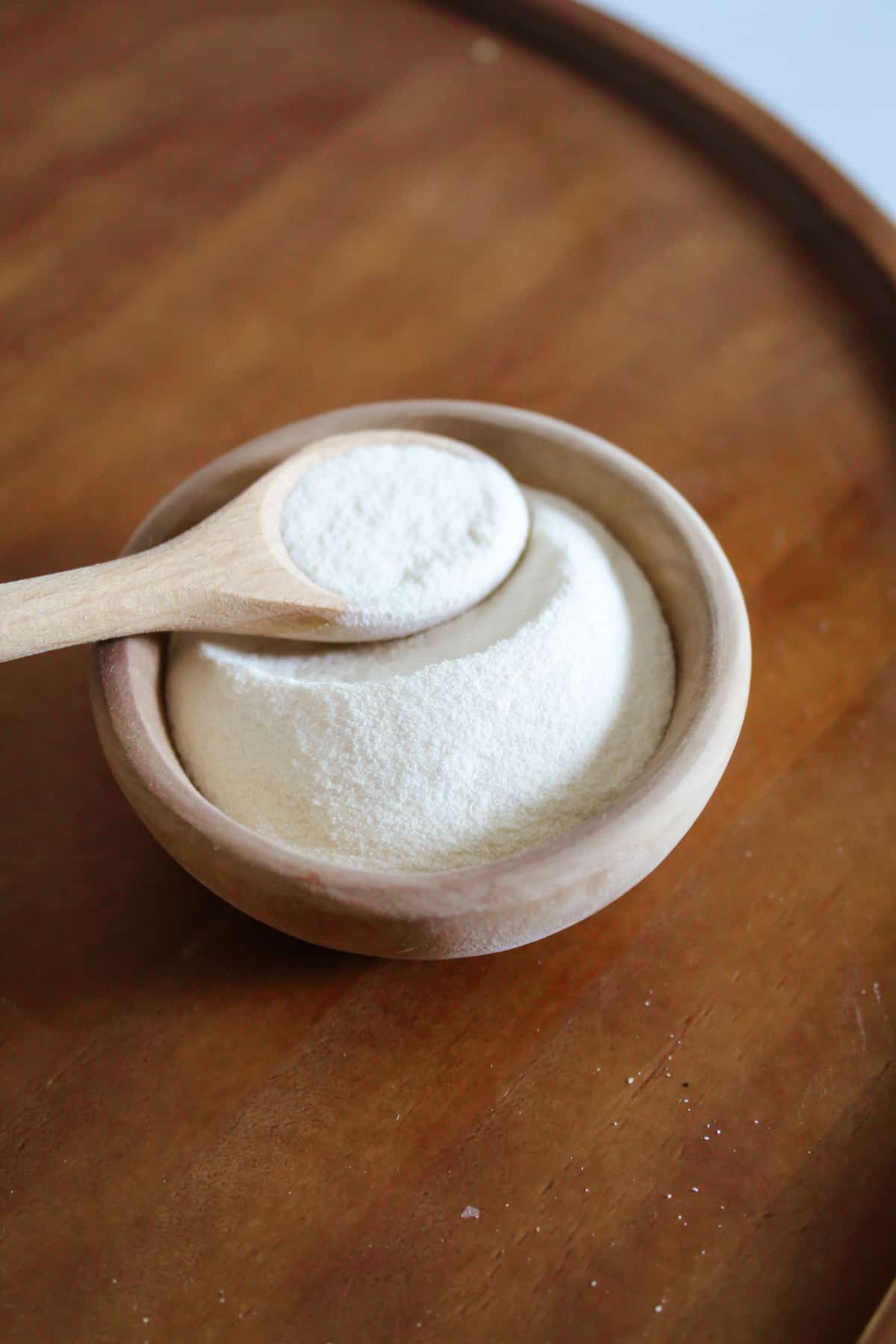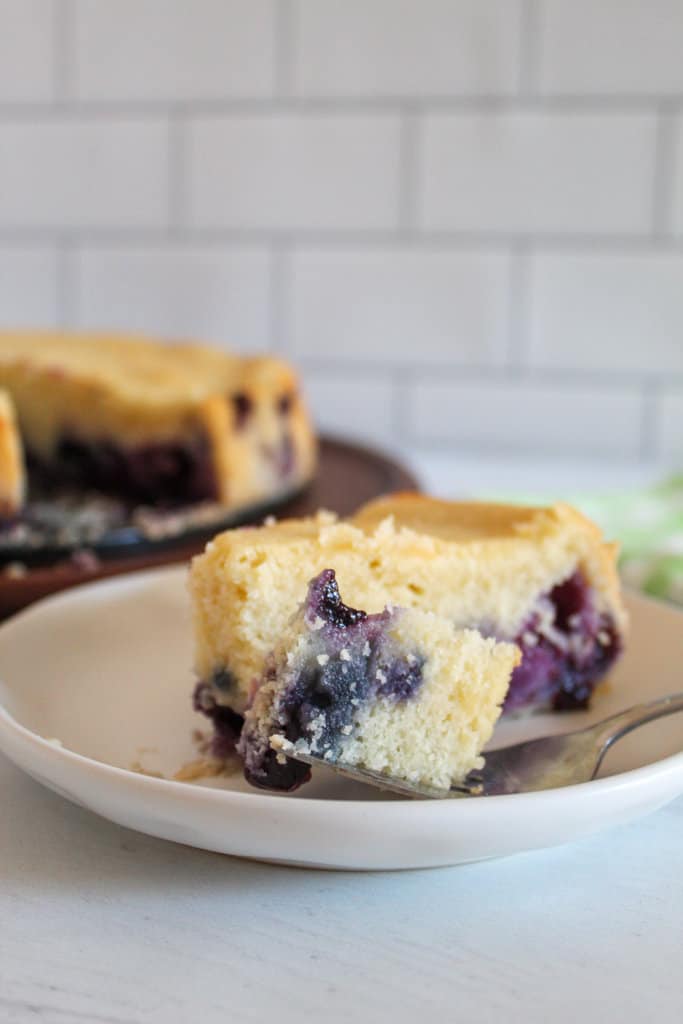Your Gluten Free Bread Baking Problems, Answered
Baking gluten free bread has its fair share of challenges. From being too dry, or not rising, or just plain not tasting very good, it can be frustrating to get that perfect loaf.
For the next few posts, we will be talking a lot about gluten free breads and recipes. We’ll be examining some of the problems that come up when baking gluten free bread. Things like, why is this bread dry and falling apart or why are these rolls gummy – we are going to not only explain why it happens but also troubleshoot them too.
Welcome to the first post in our series, Your Gluten Free Bread Baking Problems, Answered! This first post is about the problem every gluten free baker has faced or will face at some point…
Problem: The freshly baked gluten free loaf is dry, crumbly and falls apart
Why it happens
First, the obvious answer is that it gets dry and crumbly because it doesn’t have the gluten necessary to hold it together. But there is more to it than just that. Gluten free bread gets dry and crumbly because the way that the flours, liquid and the baking process is coming together is not working in a particular recipe.
The solution
To get tender, perfectly texture gluten free breads, here are some important points to keep in mind, like with this recipe…
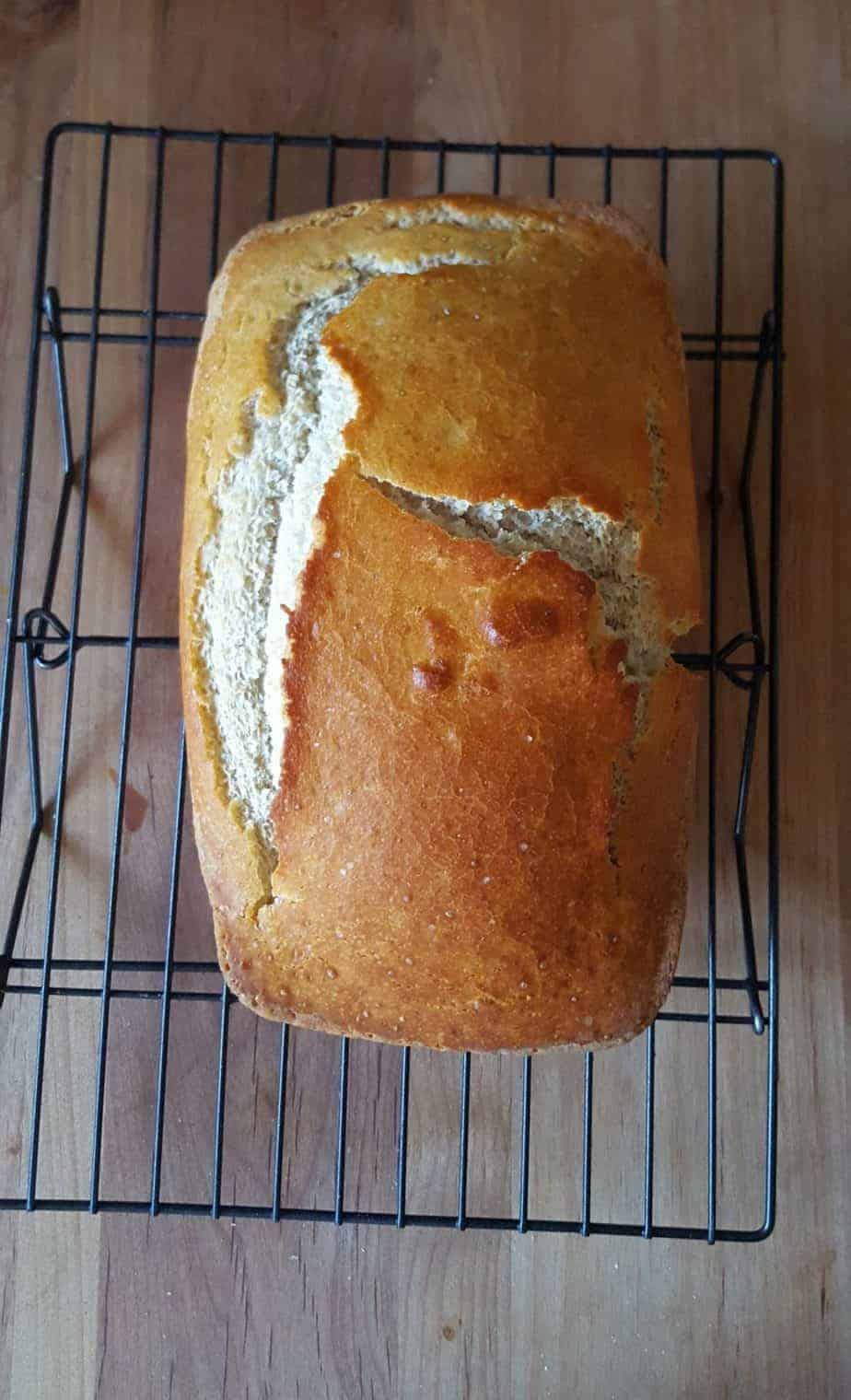
Use a combination of flours that will interact well together. In this article about gluten free flours, flours all function in different ways – some are very moisture rich and others act as sponges so they tend to absorb a lot of liquid. Coconut flour is a good example of a spongy flour. It soaks up liquid so the end result could be dry if too much is added to the recipe.
However, gluten free breads need a good protein flour. Protein adds structure and in a bread without gluten, it is essential. Some good protein flours are coconut flour, quinoa flour, amaranth flour, teff flour and the less common, chia flour (we’ve never used this one, but it has 6 grams of protein per ¼ cup!)
Keep in mind though, if you make substitutions for flour, you must keep a starch in the mix! There should be at least 2 different flours and a starch in a gluten free bread recipe.
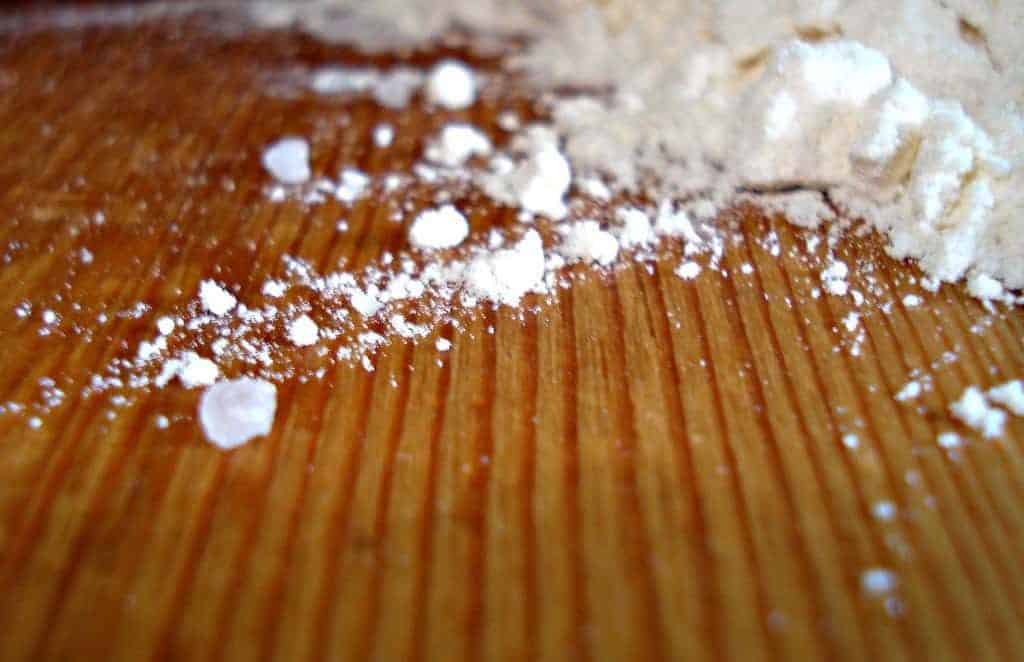
If you do not use xanthan gum in your recipes, flour combinations are extremely important. More on this in the next few articles.
Resist the urge to add more flour to a gluten free bread batter because it looks too runny or soupy. In this white bread recipe, for example, the batter is extremely soupy. BUT, that’s how it’s supposed to be. Adding any more four to it would make it way too dense.
Bake the bread only until done, about 205° to 210° F. It may or may not get that golden color you’d expect from a bread. But bake it only until it registers done and then remove it from the oven. For the most accurate detection, use an instant read thermometer like this one.
And remember the term ‘over-mixing can make it tough’? Well not in this case, mix that dough well! You have to really beat bread batter – use a stand mixer and set your timer for at least 3 minutes of mixing time.
Finally, make sure all your ingredients are at room temperature – temperature is really important to gluten free bread dough. Gluten free flours do not get along well with cold eggs.
Hopefully these ideas will help solve some of your dry and crumbly, gluten free baking issues. Unfortunately with any gluten free bread, they will inevitably dry out quicker than their gluten counterparts. That’s just the unavoidable part. They have less binding agents and a shorter shelf life than other breads. Storing it in the refrigerator or freezing it will help, but toasting slices or warming rolls in the oven will be your best bet at that point.
Get the next post sent to your inbox, subscribe below!
